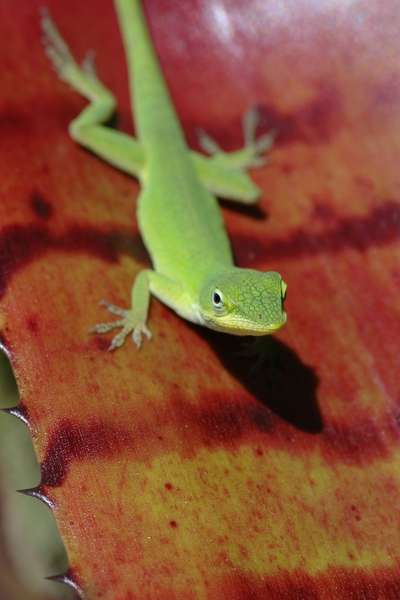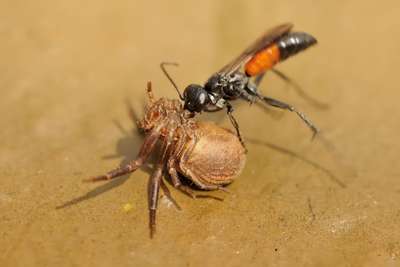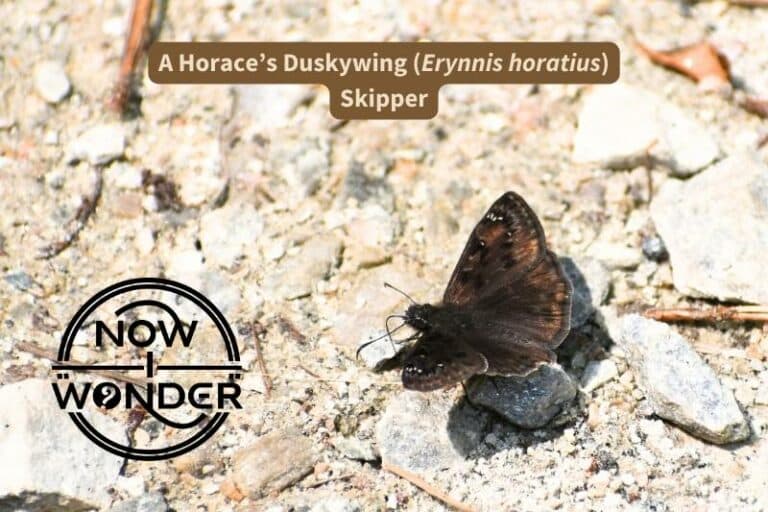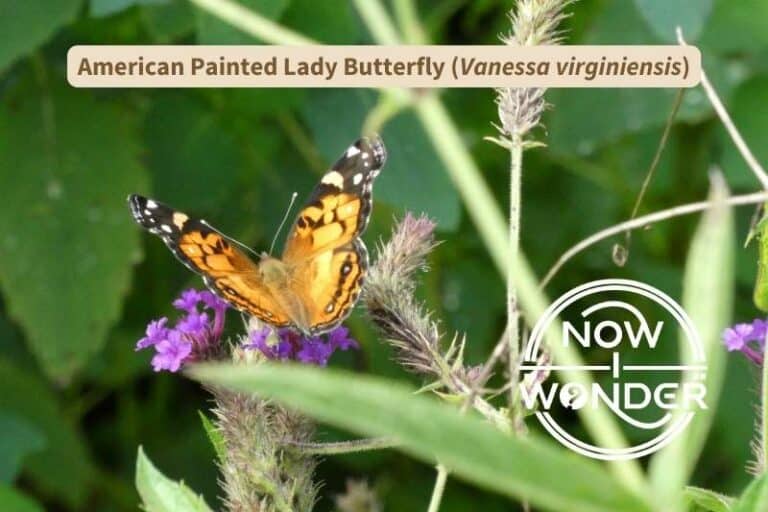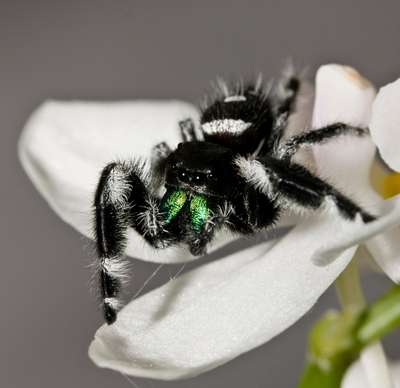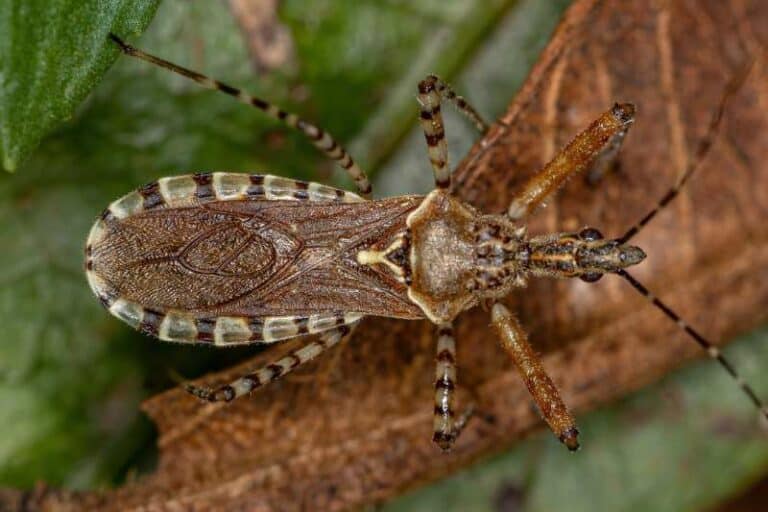Accidentally introduced in 1860, the Cabbage White butterfly is now the most widely distributed butterfly species in North America. This species also has the distinction of being one of the very few butterfly pests; its bright green caterpillars feed on crucifer plants, such as broccoli and cabbage.
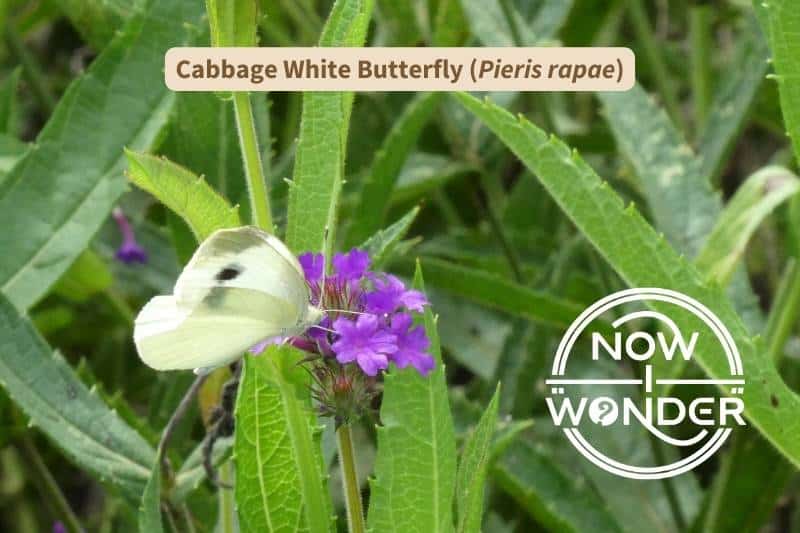
The Cabbage White butterfly (Pieris rapae) is true wildlife success story, but many home gardeners and farmers wish it wasn’t.
Despite not being native to North America, this small white butterfly has managed to become ubiquitous throughout North Carolina. I don’t recall ever taking a walk or hike between early spring and late fall without seeing at least a few of these butterflies swirling through the sky. Sometimes there are so many, it’s like walking through a sunlit snow flurry.
But not everyone is thrilled with this butterfly’s success. Cabbage White butterfly caterpillars feed on plants in the brassica family of plants, many of which farmers and home gardeners grow for food such as broccoli, Brussels sprouts, and, (you guessed it) cabbage. Cabbage White caterpillars can significantly lower both the quality and quantity of the food harvest.
That said, nothing in Mother Nature divides cleanly on lines of good and bad. Cabbage White caterpillars may be agricultural pests but the adult butterflies can still be appreciated both for their beauty and as one of the few species these days that is doing just fine.
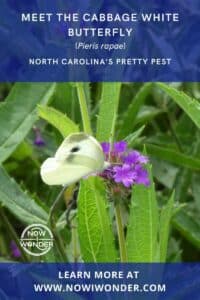
Fun Facts About Cabbage White Butterflies to Wow Your Friends
- The Cabbage White butterfly (Pieris rapae) is native to Eurasia but was accidentally introduced to North America via Quebec in 1860 (Pyle, 1981). It quickly spread all over the United States and became a serious agricultural pest, thanks to to its abundance, resilience, and liking for cultivated cruciferous vegetable plants.
- Scientists introduced a parasitic wasp species (Cotesia glomerata) in an attempt to control the spread of the Cabbage White butterfly species in the United States.
- Unfortunately, it’s likely that this this wasp has also caused the severe decline of a native, northern white species, the Mustard White (Pieris napi) (Wagner, 2005).
- Thanks to their adaptability, Cabbage White butterflies are the most successful of all butterflies as far as population density and distribution.
- They are so successful that individual butterflies can even be seen in midtown Manhattan (Glassberg, 2002).
How Are Cabbage White Butterflies Classified?
| Kingdom | Animalia |
| Phylum | Arthropoda |
| Class | Insecta |
| Order | Lepidoptera |
| Family | Pieridae (“whites and sulphurs”) (subfamily Pierinae “whites”) |
| Genus species | Pieris rapae (formerly Artogeia rapae) |

How Do I Know I’m Looking at a Cabbage White Butterfly?
Appearance of Cabbage White Butterfly Eggs
Female Cabbage White butterflies lay pale, yellowish, vase-shaped eggs (Pyle, 1981) one at a time on host plants (Daniels, 2003).
Appearance of Cabbage White Butterfly Caterpillars / Larvae
Cabbage White (Pieris rapae) caterpillars grow to about 0.75 inches (19 mm). They are lime-green, have a faint yellow line lengthwise down their bodies, and broken yellow side stripes along their respiratory spiracles. Their bodies are covered in tiny bristles and also have tiny black spots visible only extremely close-up (Wagner, 2005).
Their chrysalises are longer than they are wide, and are about 0.75 inches (19mm) as well. They are bright lime-green, and have two ridges that run lengthwise from the bottom point to the thickest middle section. They generally lie against the surface of plant leaves, anchored with silk at both ends, rather than dangling like some species’ chrysalises.
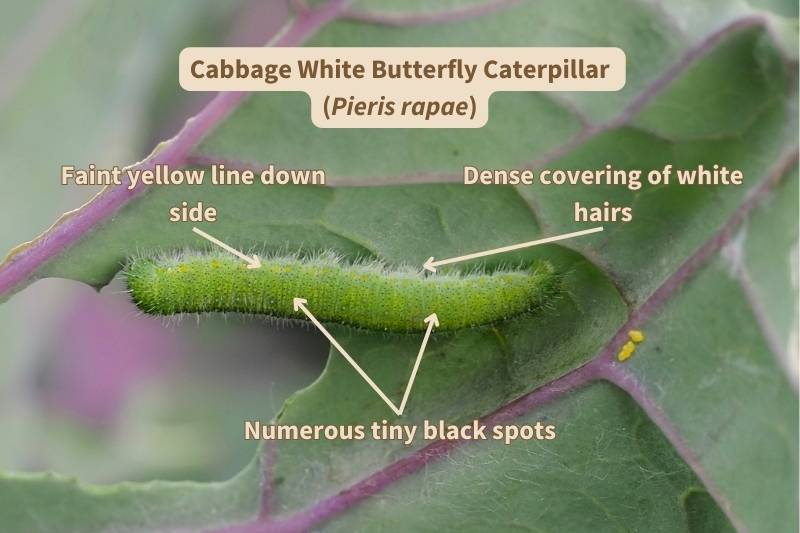
Appearance of Adult Cabbage White Butterflies
Adult Cabbage White (Pieris rapae) butterflies grow to about 2 inches (50 millimeters).
The upper surface of both their forewings and hindwings are white. The forewings of both males and females are tipped with faint charcoal but males and females have different numbers of wingspots. Males have one charcoal spot on the forewing, while females have two. Both sexes have a single charcoal spot on each hind wing as well.
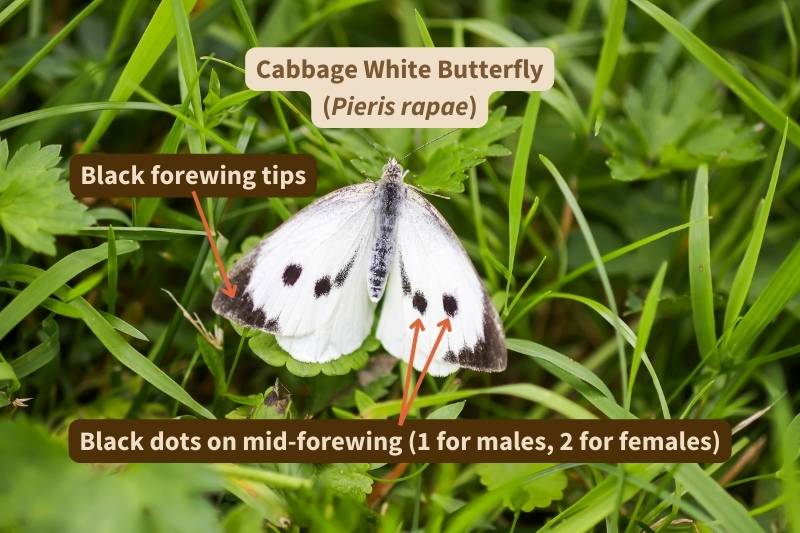
The underside of Cabbage White butterflies range in color from white to yellow and have the same number of dark spots on the forewings as seen on the upper side (one spot on males, two spots on females). However, the hind wings are unmarked in both sexes.
The markings on early spring individuals may be paler than those seen on adults later in the flight season (Glassberg, 1999)
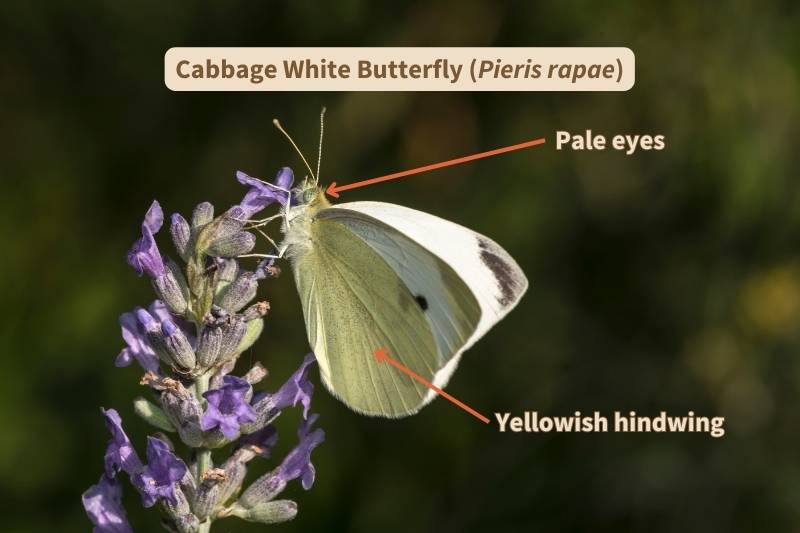
When Can I Find Cabbage White Butterflies in North Carolina?
In North Carolina, Cabbage White (Pieris rapae) butterflies can be seen after the last hard frost in the spring and up to the first hard frost in the fall. This is usually between early March through late November. This species has three or more generations per season (Pyle, 1981).
Where Should I Look to Find Cabbage White Butterflies in North Carolina?
Cabbage White butterflies can be found throughout North Carolina in almost every habitat. They are both widely distributed and abundant. Look for these butterflies in any sunny location with lots of flowers. They are especially easy to find in any home garden that includes plants in the Mustard family, like broccoli, Brussels sprouts, cabbage, and kale.
They fly well but erratically and often swerve around. They tend to fly higher than many butterflies when traveling from flower to flower but are easy to observe when they land.
What Do Cabbage White Butterflies Eat?
Cabbage White Butterfly Larval Food Plants
Cabbage White caterpillars feed primarily on plants in the Mustard family Brassicaceae, as well as nasturtiums in family (Tropaeolaceae). With over 350 genera and 3,000 species of mustards in the northern hemisphere, this butterfly species can find food easily.
Cultivated plants in the mustard family include cabbage, broccoli, Brussels sprouts, and cauliflower. Farmers and home gardeners consider Cabbage Whites pests. This species is especially fond of eating these plants and can do a lot of damage to the harvest.
Adult Cabbage White Butterfly Food
Adult Cabbage White butterflies drink nectar from a wide variety of flowers.
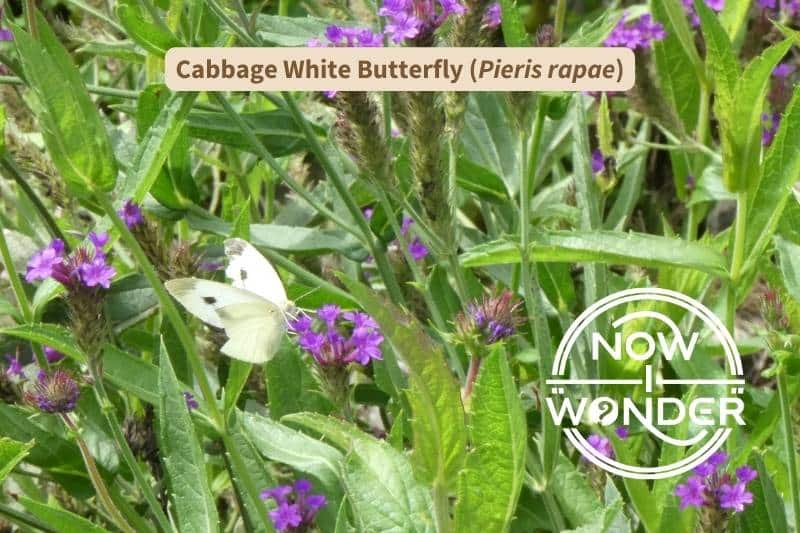
References
Daniels, Jaret C. 2003. Butterflies of the Carolinas. Cambridge, MN: Adventure Publications, Inc.
Glassberg, Jeffrey. 2002. Butterflies of North America. New York, NY: Michael Friedman Publishing Group, Inc.
Glassberg, Jeffrey. 1999. Butterflies Through Binoculars: The East; A Field Guide to the Butterflies of Eastern North America. New York, NY: Oxford University Press.
Pyle, Robert Michael. 1981. National Audubon Society Field Guide to Butterflies: North America. New York, NY: Alfred A. Knopf.
Wagner, David L. 2005. Princeton Field Guides: Caterpillars of Eastern North America. Princeton, NJ: Princeton University Press.

